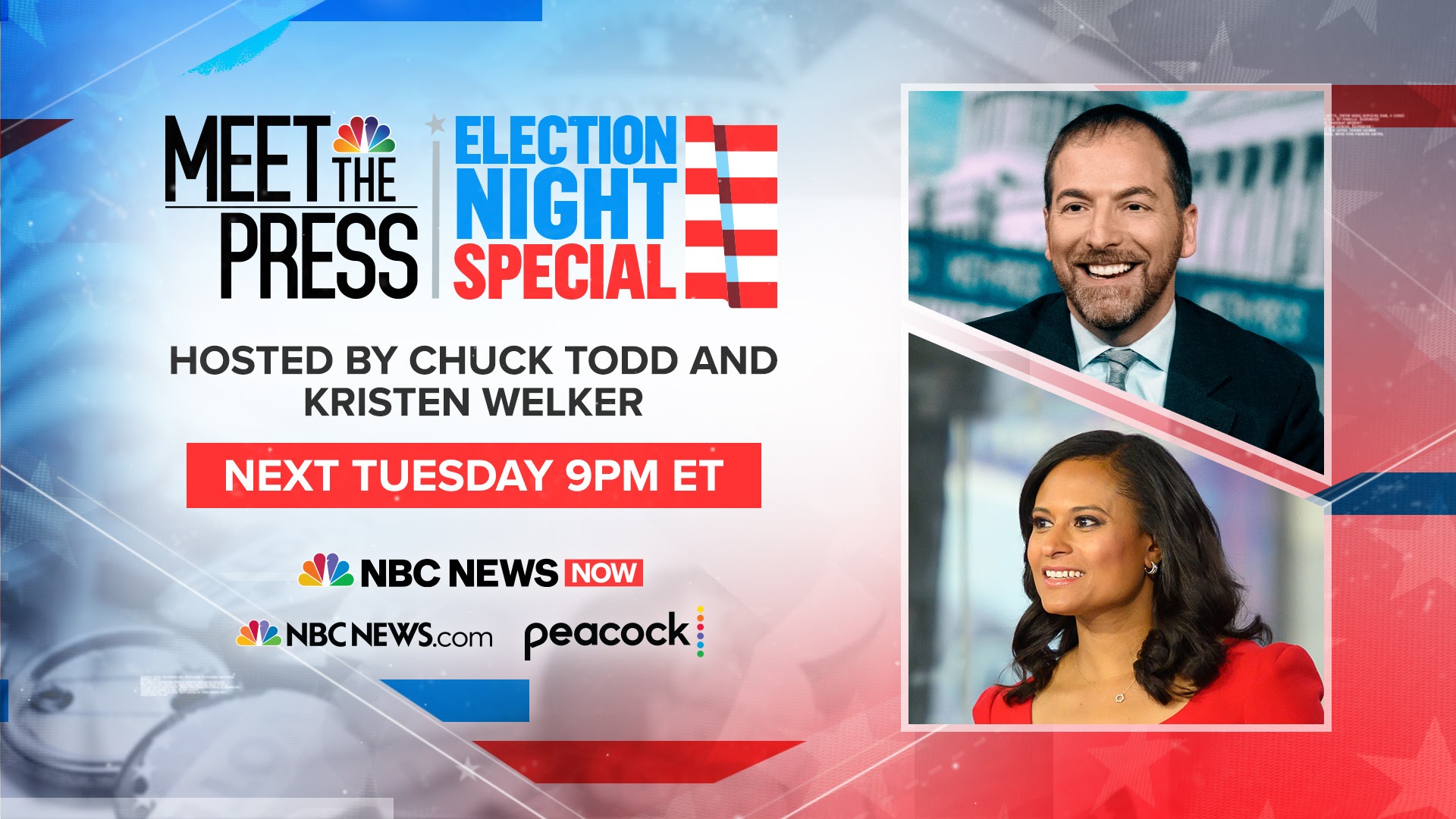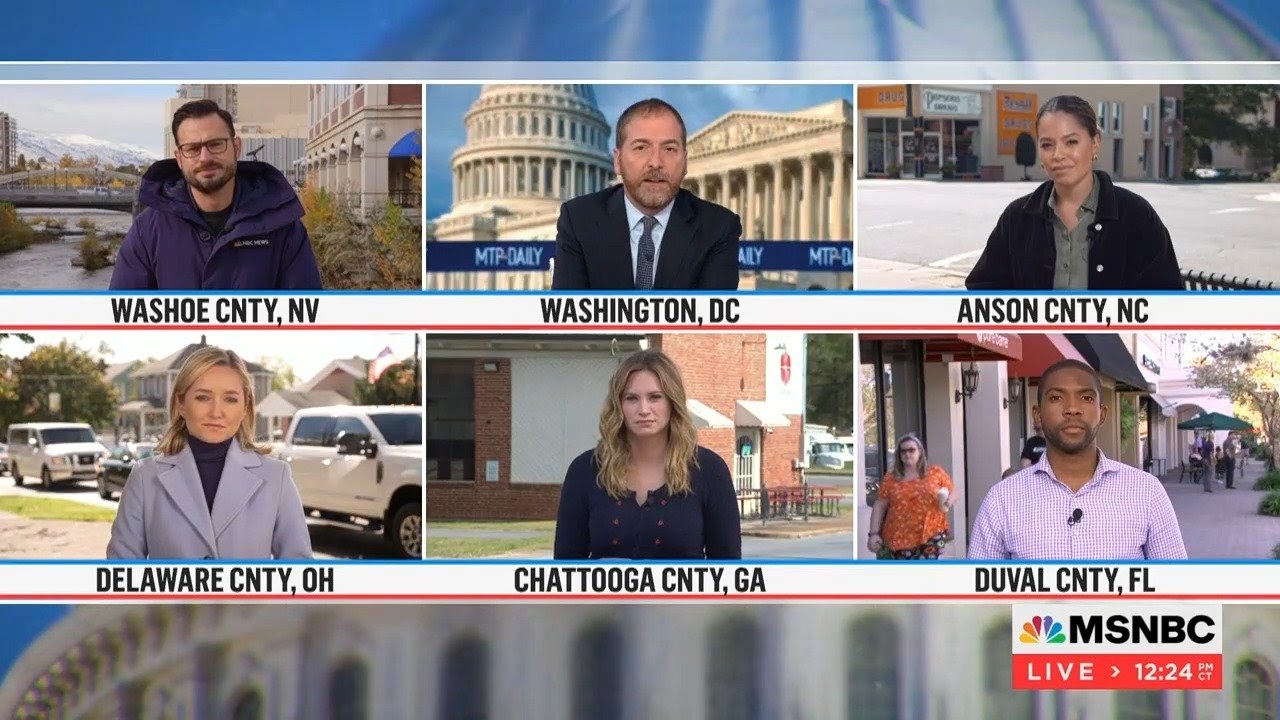The stream of unsettling stories about Facebook based on internal documents obtained by news organizations continues its steady flow. As I mentioned in Tuesday’s newsletter, there’s just so much that it’s hard to know where to start and there is a concern that the impact will be lost just by the sheer volume of it all.
Then comes a story such as the one by Jeremy B. Merrill and Will Oremus of The Washington Post. It produced what I think is the most jolting and infuriating paragraph I’ve read so far in the dozens of articles based on The Facebook Papers.
Five years ago, Facebook gave users different ways to react to something posted on its site. You’re familiar with them — things such as the classic thumbs-up “like,” as well as “love,” “haha,” “wow,” “sad” and “angry.”
Now for the jaw-dropping paragraph from The Post:
Behind the scenes, Facebook programmed the algorithm that decides what people see in their news feeds to use the reaction emoji as signals to push more emotional and provocative content — including content likely to make them angry. Starting in 2017, Facebook’s ranking algorithm treated emoji reactions as five times more valuable than “likes,” internal documents reveal. The theory was simple: Posts that prompted lots of reaction emoji tended to keep users more engaged, and keeping users engaged was the key to Facebook’s business.
Internal documents showed that some within Facebook realized the hornet’s nest that could be whacked. One staffer said that favoring these controversial posts could open “the door to more spam/abuse/clickbait inadvertently.” A colleague responded, “It’s possible.”
The Post wrote, “The warning proved prescient. The company’s data scientists confirmed in 2019 that posts that sparked angry reaction emoji were disproportionately likely to include misinformation, toxicity and low-quality news. That means Facebook for three years systematically amped up some of the worst of its platform, making it more prominent in users’ feeds and spreading it to a much wider audience.”
That’s horrific.
It’s the backbone of the reason former Facebook employee Frances Haugen blew the whistle. Haugen testified before British lawmakers this week that, “Anger and hate is the easiest way to grow on Facebook.” She went on to say, “Bad actors have an incentive to play the algorithm. The current system is biased towards bad actors, and people who push people to the extremes.”
Oremus, one of the reporters on Post story, tweeted Tuesday, “To me this is not a story of Facebook intentionally fanning anger for profit. It’s a story of how arbitrary initial decisions, set by humans for business reasons, become reified as the status quo, even as evidence mounts that they’re fueling harms.”
He added, “The initial choice to weight reaction emojis as 5x likes was aggressive, but not indefensible: They signaled greater engagement. Yet that arbitrary choice became part of the firmament; the burden shifted to integrity staff to prove it could be changed without denting engagement. Anger isn’t bad *per se.* When attached to real harm, it can deter bad behavior, drive change. But anger also isn’t good *per se.* When systemically incentivized on a network that lacks publication controls or fact checks, it rewards misinfo, hate, & rage-bait.”
(Disclosure: Facebook is a funder of Poynter, PolitiFact and related work, though has no editorial involvement.)
More Facebook …
Alex Kantrowitz writes Big Technology, a newsletter about Big Tech and society. He’s part of the consortium of news organizations who are looking at The Facebook Papers. But writing for Nieman Lab, Kantrowitz said it’s time to dissolve the consortium.
He writes, “The Facebook documents that Haugen’s handed over to us — thousands upon thousands, with information about crucial aspects of Facebook’s decision-making — are simply too important to the public interest to keep under wraps. Right now, they’re available to us in a Google Drive, organized fairly neatly, and we are able to download them. But instead of a consortium of reporters sorting through them and writing stories based on what we see, we should expand our efforts to focus on the responsible redaction and wide release of these documents.”
Kantrowitz acknowledges that releasing the documents would be challenging, mostly because they are poorly redacted and could cause privacy and safety issues.
He offers a couple of suggestions on how to release the papers and then writes, “I don’t have all the answers. But what I do have is a view into a trove of documents that I’m sure belong in the public’s hands. The more broadly available we can make them, the closer we can get to solving the problems they uncover. It’s time for us to figure out a way to get these documents out.”
Speaking of the consortium, check out The Washington Post’s Paul Farhi with “The massive Facebook leak shows how investigative journalism is changing.”
One more Facebook story for today …
Also worth your attention, The New York Times’ Cecilia Kang with “Facebook Faces a Public Relations Crisis. What About a Legal One?”
Big hire for Baltimore startup
Stewart Bainum isn’t messing around. After the Maryland hotel magnate’s plans to buy The Baltimore Sun from Tribune Publishing fell through, Bainum decided to start his own nonprofit digital news outlet called The Baltimore Banner.
He already announced plans to invest $15 million annually and hire 50 journalists. On Tuesday, he continued to show how committed he is by hiring a respected journalism veteran to run it. The Washington Post’s Sarah Ellison writes that Bainum has hired Kimi Yoshino, a managing editor at the Los Angeles Times.
Yoshino, a California native who spent 21 years at the Times, told Ellison that it took something special for her to leave the “two places” she loves. She leaves the Times, which is in better condition under owner Dr. Patrick Soon-Shiong.
She told Ellison, “I’ve lived through — and survived — bad newspaper ownership and a bad boss. The L.A. Times still has work to do on its path toward sustainability, but it’s absolutely headed in the right direction … I can’t think of a more important challenge right now than figuring out a way to make local journalism sustainable.”
Bainum, again, insists that he is not competing against the Sun, but supplementing its coverage. He praised the Sun, telling Ellison, “Those reporters have their hands tied behind their back and they’re still doing a good job. There’s a lot of damn talent there. And we just want to add to it.”
NBC News to stream election coverage

(Courtesy: NBC News)
Tuesday is Election Day in America.
Voters will decide state-level offices, but many will have national interest. That includes the hotly-contested gubernatorial race in Virginia between former governor and Democratic candidate Terry McAuliffe and Republican candidate Glenn Youngkin, as well as the New Jersey gubernatorial race between Democratic incumbent Phil Murphy and Republican challenger Jack Ciattarelli.
Mayors will be elected in big cities such as New York, Boston and Minneapolis. And there will be contentious school board races all over the country, including Southlake, Texas.
So while the night won’t determine the president or which party controls Congress, it still will be important, and NBC News will have special coverage on its streaming service, NBC News NOW. The “Meet the Press: Election Night Special” will start at 9 p.m. Eastern and will be hosted by NBC News political director Chuck Todd and chief White House correspondent Kristen Welker. They will be joined by reporters all across the country, as well as chief Washington correspondent Andrea Mitchell and NBC News NOW anchor Joshua Johnson.
NBC News NOW is available on Peacock, NBCUniversal’s streaming service, as well as on The Roku Channel, YouTube TV, YouTube, Fubo, Xumo, Pluto, Tubi, NBCNews.com and NBC News’ OTT apps on Roku, Fire TV and Apple TV.
Todd told Variety’s Brian Steinberg, “We are doing an Election Night for people that really care about Election Night, that really care about why this person is winning, what’s going on here.”
MSNBC will have election coverage starting at 4 p.m.
Oh, more NBC News election coverage

A look at NBC News’ “County to County” coverage. (Courtesy: NBC News)
NBC and “Meet the Press” have relaunched their yearlong “County to County” project, which covers seven bellwether counties that have national implications as we look ahead to the 2022 midterms. NBC News reporters and MSNBC correspondents will embed themselves in those pivotal counties over the next year.
Ellison Barber will report from Chattooga County, Georgia; Dasha Burns will report from Luzerne County, Pennsylvania and Delaware County, Ohio; Shaquille Brewster will report from Duval County, Florida and Dane County, Wisconsin; Antonia Hylton will report from Anson County, North Carolina, and Guad Venegas will report from Washoe County, Nevada.
Reports will include interviews with voters, tracking local economies and other issues, and taking the pulse of opinions and sentiments in counties that are a good representation of the country.
Monday Night Mannings
The alternate “Monday Night Football” broadcast on ESPN2 featuring Peyton and Eli Manning continues to impress, and this past Monday might have been the best ManningCast yet. The guest list — which included NFL great Tom Brady, former NFL stars Marshawn Lynch and Drew Brees and WNBA star Sue Bird — had a lot to do with that.
The segments with the Mannings and Brady were both humorous and informative. How could it not be with three quarterbacks who have won a combined 11 Super Bowls? Brady cracked that he enjoyed playing against Peyton more than Eli — Eli’s Giants beat Brady’s Patriots twice in the Super Bowl. (Eli said, “I enjoyed all of our games, Tom.”)
Lynch, who said he took three shots of Hennessy before his appearance, caused a bit of a stir, dropping a few curse words, including an F-bomb. After Lynch’s appearance, Peyton said, “Want to thank Marshawn Lynch. Not as wild about the language. We want to apologize for some of the language. It’s not what we’re trying to do on this show.”
Monday night’s broadcast was a good night to watch the Mannings. The game was a dud and not particularly well-played even though it was close (New Orleans defeated Seattle, 13-10).
I still find the ManningCast more interesting than the regular broadcast, but the regular “Monday Night Football” broadcast on ESPN continues to draw way more viewers. According to Sports TV Ratings, the regular “MNF” broadcast Monday night drew 11.189 million viewers, while the ManningCast drew 1.606 million viewers. That’s more than double the debut broadcast back in week one (800,000), but slightly down from the season-best 1.89 million in week three — the last time the Mannings did a game before Monday.
The Mannings aren’t working every Monday night. This was the Mannings’ first Monday night game in three weeks. The two will return next Monday when Kansas City plays Eli’s former team, the Giants.
Media tidbits
- President Joe Biden has nominated Jessica Rosenworcel, the acting chairwoman of the Federal Communications Commission, to the permanent job. The New York Times’ Elizabeth Williamson has more.
- Hey you guys! From NPR and “Morning Edition,” Elizabeth Blair looks at a classic kids show with “50 years ago, ‘The Electric Company’ used comedy to boost kids’ reading skills.”
- Fox News Media’s streaming service FOX Nation is launching on YouTube TV as an optional add. YouTube TV subscribers will have the option to add Fox Nation to their YouTube TV subscription for $5.99 a month. Jason Klarman, president of the service, said in a statement, “We’re thrilled to partner with YouTube TV to bring FOX Nation to their cutting edge TV service and provide our passionate audience with more ways to enjoy the original content they desire.”
- NBC News’ Scott Stump writes about model and cookbook author Chrissy Teigen’s appearance on Tuesday’s “Today” show (video included) in “Chrissy Teigen reveals she’s 100 days sober in first TV interview since cyberbullying controversy.”
Hot type
- A team from VICE led by Latin America bureau chief Deborah Bonello with a compelling project: “Las Patronas: The Secret History of Latin America’s Female Cartel Bosses.”
- In a personal essay for HuffPost, Ella Genevieve Alexander with “My Great-Grandparents Fled Nazi Germany. Here’s Why I Applied For German Citizenship.”
- ProPublica’s Cezary Podkul with “Scammers Are Using Fake Job Ads to Steal People’s Identities.”
- Finally, neat stuff from The Los Angeles Times: “Honor your loved ones with a digital Día de Muertos altar.”
Have feedback or a tip? Email Poynter senior media writer Tom Jones at tjones@poynter.org.
More resources for journalists
- Subscribe to Poynter’s new Friday newsletter, Open Tabs with Poynter managing editor Ren LaForme, and get behind-the-scenes stories only available to subscribers.
- Trans in Sport (Webinar) — Nov. 16 at 2 p.m. Eastern
- Redistricting and Elections (Webinar) — Nov. 17 at noon Eastern
- Leadership Academy for Women in Media – 2022 (Seminar) — Apply between Oct. 25-Nov. 30, 2021
The Poynter Report is our daily media newsletter. To have it delivered to your inbox Monday-Friday, sign up here.







